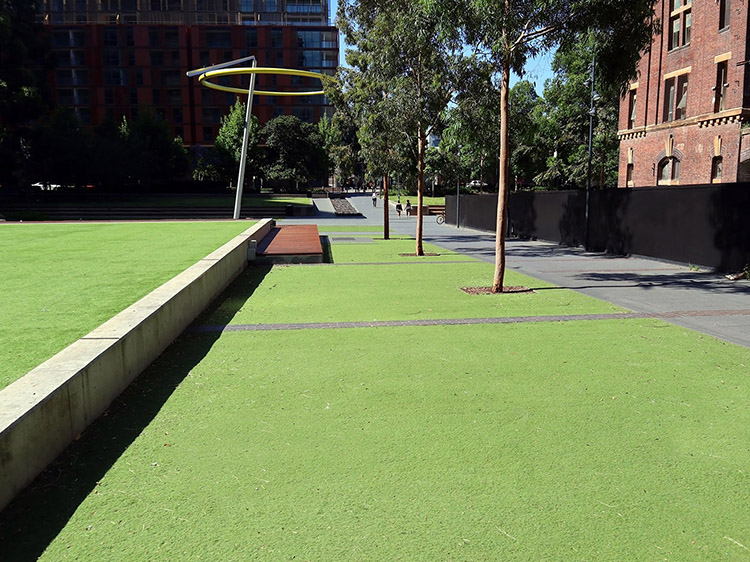
As artificial grass continues to become more popular in residential landscaping, it is important to consider the environmental impact of this material. Artificial grass is an artificial alternative to natural grass and can be used for a variety of landscape applications such as playgrounds, patios, decks, driveways, walkways, golf courses, and more. While artificial grass has many advantages over natural grass, it is important to understand the potential environmental impacts of artificial grass in San Jose. Here are a few of the ways artificial grass can positively and negatively impact the environment:
-
Water Conservation
Artificial grass for dogs in San Jose is a great way to conserve water and reduce your water bill. Since artificial grass does not require regular watering, you can save a significant amount of water compared to natural grass. The lack of need for herbicides, pesticides, and fertilizers also helps reduce the harmful runoff associated with these chemicals.
-
Pollution Reduction
Since artificial grass does not require the use of any chemical treatments, there is a reduced risk of pollutants entering our waterways and polluting our environment. Additionally, artificial grass can help reduce air pollution by preventing soil erosion and reducing dust particles produced by mowing natural grass.
-
Reduced Maintenance
One of the biggest advantages of artificial grass is that it requires little to no maintenance. Artificial grass does not require mowing, watering, or any other form of additional upkeep. This can save a significant amount of time and energy, which has positive environmental implications.
-
Limited Pesticide Use
Artificial grass in San Jose eliminates the need for herbicides and pesticides, which reduces the amount of potentially harmful chemicals that enter our waterways. If artificial grass is properly installed, it can also reduce the need for weed killers.
-
Potential Health Risks
Although artificial grass has many environmental benefits, there are some potential health risks associated with artificial turf. Artificial grass contains rubber particles and other materials that may be hazardous to human health if exposed over long periods of time. Additionally, artificial grass can absorb and retain heat, which can create additional health risks in hot climates.
-
Increased Waste
While artificial grass may save water and reduce the need for chemical treatments, it can increase waste in the form of discarded artificial turf. As artificial turf becomes worn or outdated, it must be recycled or thrown away, which can create additional strain on our landfills.
-
Reduced Wildlife Habitat
Artificial grass does not provide any habitat for wildlife, so it can reduce the amount of space available for animals to live and build their habitats. Additionally, artificial turf may limit the growth of beneficial insects and plants due to the absence of soil.
Overall, artificial turf for residential lawns in San Jose can have both positive and negative impacts on the environment. It is important to consider all of the potential environmental impacts before installing artificial grass in your residential landscaping. By understanding the potential risks associated with artificial turf, you can make an informed decision about which material is best for your home and the environment.
